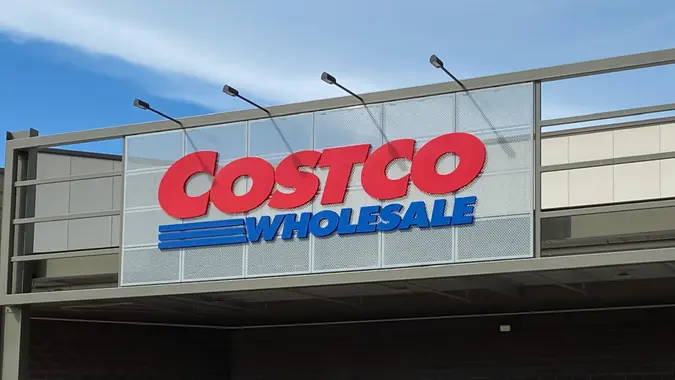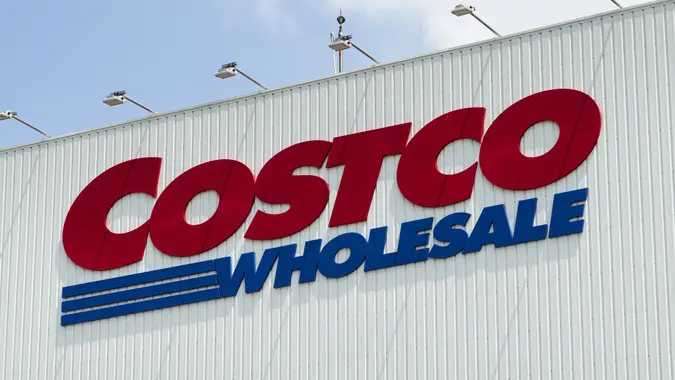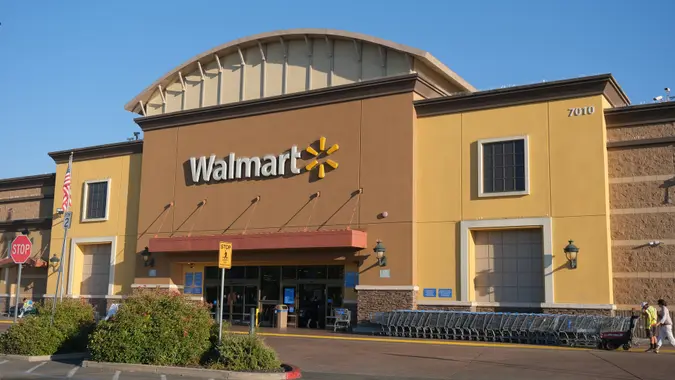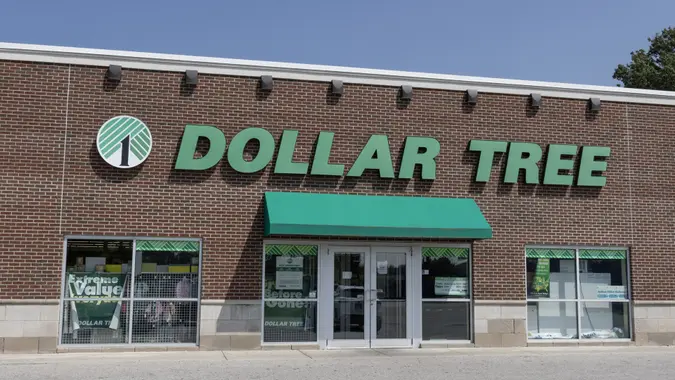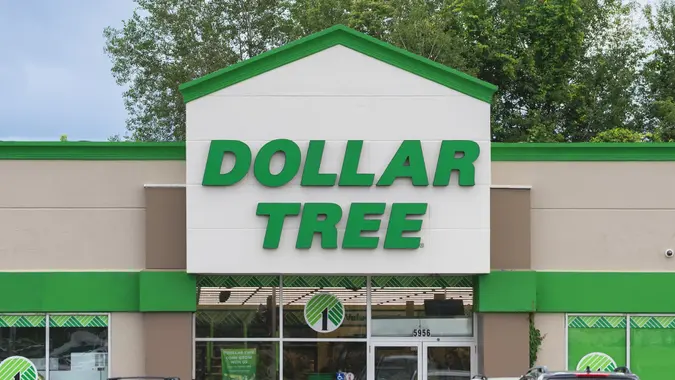5 Grocery Items That Quietly Shrunk but Stayed the Same Price

Commitment to Our Readers
GOBankingRates' editorial team is committed to bringing you unbiased reviews and information. We use data-driven methodologies to evaluate financial products and services - our reviews and ratings are not influenced by advertisers. You can read more about our editorial guidelines and our products and services review methodology.

20 Years
Helping You Live Richer

Reviewed
by Experts

Trusted by
Millions of Readers
A bit more insidious than inflation, which is merely the reality of prices rising, shrinkflation is the act of shrinking the size of a product while keeping the price the same.
Of course, if you’re paying the same amount for less product, then you are indeed paying more money. After all, you’ll have to replace the product sooner. CBS News recently reported that as many as one-third of all grocery items have experienced shrinkflation.
Here’s a look at five primary examples you likely keep around you home — have you noticed you’ve been getting less for (essentially) more?
1. Toilet Paper
Household paper products, surprisingly, had the highest rate of shrinkflation, with only one brand, Scott, experiencing a decline in price per 100 count, according to the CBS News report. Every other brand of toilet paper or paper towels the study looked at saw a sharp rise in price per count. Seventh Generation alone went from $1.70 per 100 count in 2020 to $2.70 per 100 count — that’s an almost 60% increase.
Of course, it makes sense that toilet paper prices would rise. Supply chain problems stem from less lumber on the market, according to Save Trees. This means pulp is harder to manufacture, which makes it more expensive. However, toilet paper companies could just raise their prices slightly, like the rest of the companies that experience inflation.
2. Cereal
Breakfast foods are next on the list of products affected by shrinkflation. LendingTree found that 44% of the items tracked now sell smaller portions. A family-sized box of Kellogg’s Frosted Flakes used to contain 24 ounces of the sugary cereal. Today, it contains just 21.7 ounces. That increase in price per ounce is 40%.
Again, it makes sense that prices will go up in this area. The cost of crops like cereal grains has risen as a byproduct of the war in Ukraine and its impact on the global grain supply. Perhaps one answer for consumers is to simply stop buying cereal altogether, like many Canadians say they’re doing, per Yahoo News.
3. Snacks
Snack foods may be the most obvious area for many people when it comes to shrinkflation. You buy a giant bag of Doritos at Costco, get home, open it up, and find more than half the bag had been filled with… air?
It’s been going on for years, and it may be the first time most people have even noticed the concept of shrinkflation, according to a Purdue University study. You’re left wondering why you feel like you paid for a full bag of cookies and ended up with one-third of a bag instead.
4. Laundry Detergent
If snacks are the most obvious area of shrinkflation, laundry detergent and other household cleaners may be the least obvious. After all, how often do you check the bottle of bathroom bleach spray to see how full it is?
However, NPR researched the issue and found that Tide and Dove had both shrunk their products and raised their prices. So consumers get hurt in both directions.
5. Coffee
It is no surprise that amid current tariffs pressures and global unrest (and before that, COVID-19), coffee prices would rise. Indeed, green coffee prices have increased by over 30% since January 2024 alone.
Brands like Folgers also downsized their 51-ounce container to 43.5 ounces, which means less coffee for you in the morning.
In the end, it’s a good idea for consumers to know the price per unit cost of the products they buy most often, and to regularly read up on shrinkflation studies. That way, you can catch the brands engaging in this deceptive marketing tactic and switch.
 Written by
Written by  Edited by
Edited by 





